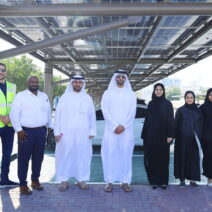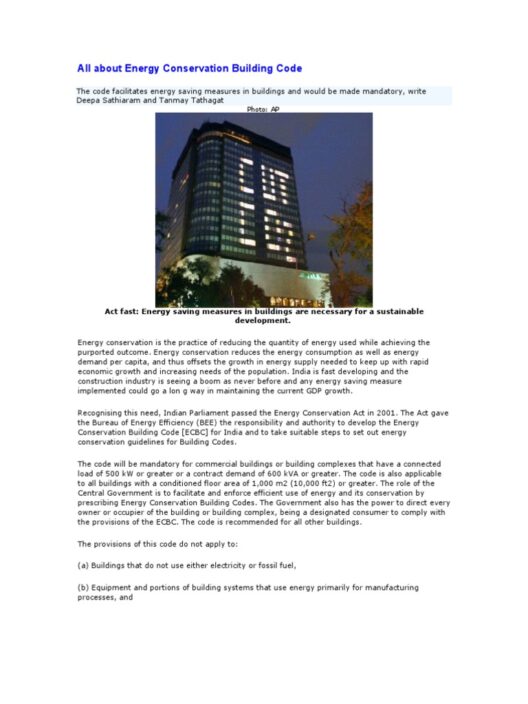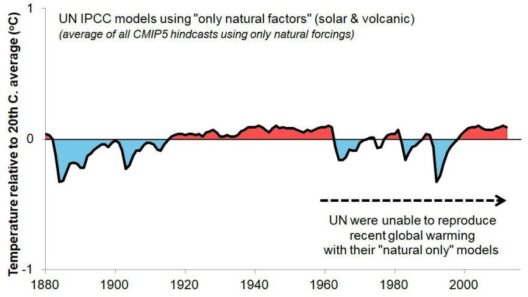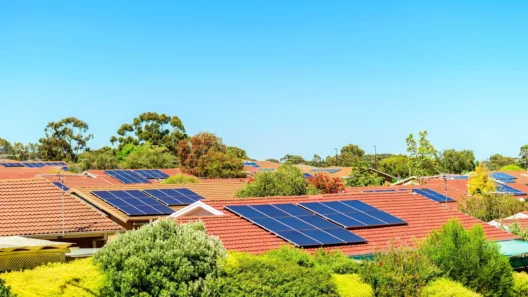As the chill of winter creeps in, many of us relish the idea of coming home to a warm, cozy environment. Imagine lounging on your couch, wrapped in a soft blanket, with the heater humming gently in the background. But have you ever paused to consider the environmental ramifications of that comfort? When it comes to heaters and heat, our pursuit of indoor comfort has broader implications, particularly for global warming.
Heating systems, particularly those that rely on fossil fuels, have a significant role in contributing to greenhouse gas emissions. It’s quite ironic, isn’t it? We seek warmth while simultaneously perpetuating a cycle that endangers our planet. The challenge nudges us to confront a crucial question: How can we reconcile our need for comfort with our responsibility to protect the environment?
In the United States, heating residential and commercial spaces accounts for a considerable portion of energy consumption. The Energy Information Administration (EIA) reported that in 2020, approximately 48% of U.S. homes relied on natural gas for heating. This reliance stimulates the questioning of methods, efficiency, and regulatory practices. The combustion of natural gas—not to mention oil and coal—releases carbon dioxide (CO2), a principal greenhouse gas, into the atmosphere. This activity compounds the greenhouse effect, leading to global warming and severe alterations in our climate.
To better appreciate the scale of this issue, it’s essential to understand how different heating methods impact our carbon footprint. Traditional fossil fuel heaters, while often more robust for extreme cold, have deleterious consequences. These systems emit not only CO2 but also methane, another potent greenhouse gas. In contrast, electric heaters may present a more environmentally conscious alternative, especially when powered by renewable sources such as solar or wind energy. Yet, the efficiency of the entire system, from energy production to delivery, must be examined critically.
The quest for efficient heating solutions leads us to a fascinating intersection of technology and sustainability. Innovations in sustainable heating technologies are emerging, such as heat pumps. These systems operate differently from conventional heaters by transferring heat rather than generating it. A heat pump’s efficiency can be remarkably high, often surpassing the energy output for the energy input consumed. By utilizing ambient heat from the environment, heat pumps offer a pathway towards reducing reliance on fossil fuels. But as this technology advances, the challenge remains: how do we encourage broader adoption in a society ingrained in traditional heating practices?
During a time of increased awareness regarding climate change, several initiatives focus on retrofitting existing infrastructures to be more energy-efficient. Programs promoting the awareness of weatherization—insulation, sealing windows and doors, and properly maintaining heating systems—decrease overall energy consumption. But how do we motivate households to embrace these changes? Encouraging local governments and communities to incentivize retrofitting could be a crucial part of the strategy.
As we contemplate our heating choices, consider not just the immediate effects but also the long-term repercussions. Each degree we raise in thermostat settings can significantly affect our energy use. Studies suggest that lowering your thermostat by just a degree can lead to approximately 1-3% reductions in energy consumption. But it’s not solely about reducing the heat; it’s also about re-evaluating how we perceive warmth. How often do we equate warmth with comfort? A cultural shift toward accepting cooler indoor temperatures could have considerable environmental benefits.
The physical space we occupy is critical in this dialogue. Urban areas often present a unique conundrum. Urbanization can lead to the urban heat island effect, where metropolitan locales become significantly warmer than their suburban counterparts. This phenomenon puts additional strain on heating systems and magnifies energy demands. Therefore, city planners and policymakers must factor in sustainability when designing urban landscapes. Green roofs, community gardens, and tree planting can mitigate urban heat, making cities more enjoyable while simultaneously curbing heating needs and energy consumption.
Remember, each household has the potential to create ripples of change. Community involvement is pivotal in maximizing impact. Energy conservation groups often organize workshops where individuals can learn about energy-efficient practices, from efficiently utilizing heaters to embracing minimalism in their heating habits through strategic layering of clothing. Imagine a neighborhood where everyone actively participates in energy-saving measures—you’d not only see a decrease in emissions but also promote community solidarity and responsibility.
Moreover, financial incentives play a critical role in transitioning toward sustainable heating. Tax credits for energy-efficient upgrades, rebates for solar installations, and subsidized programs for low-income families could provide the impetus needed for more significant changes. Communities that support such initiatives witness a tangible transformation in public perception regarding energy use and climate obligation.
The quest for efficient heating extends beyond personal comfort—it’s a call to action. As we navigate this complex challenge of balancing our heating needs with environmental stewardship, consider what changes you can make. The playful question remains: Can we truly enjoy warmth without bearing the burden of global warming? It appears we can, but only if we actively engage in making informed choices. Through education, community efforts, and embracing innovation, warmth can be harmonious with our responsibility towards the planet.
In conclusion, heaters and heat embody more than only the physical warmth they provide; they symbolize our choices and their impacts on the planet. Will we prioritize comfort at the expense of the Earth, or will we forge a new path toward sustainable living? A collective re-evaluation of our heating habits might just hold the key to a more comfortable and sustainable future.







